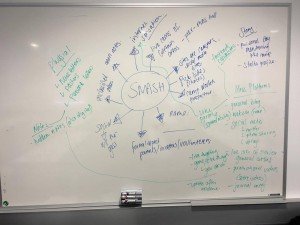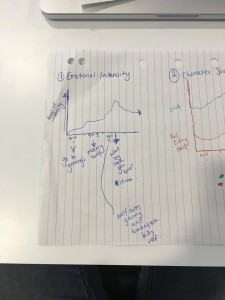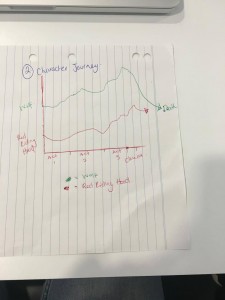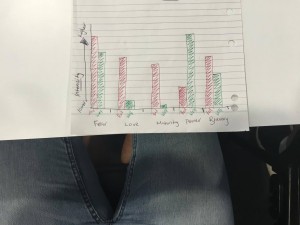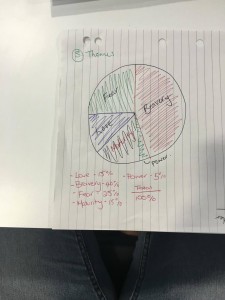Throughout the process of completing our last Assessment project for Story Lab I can confidently say that I have learned a lot about story and the stories that can be found in everyday events. In addition the complexity and depth involved in creating a transmedia story is far greater than I could have ever anticipated. It is based largely on events and how those events effect character, motive and the most important the audience. For the audience is the driving factor behind a lot of new media production and platform. The idea of agency has also played a huge integral role in changing my view on how a story can be told. The days of one media text giving the whole story to the audience is coming to an end and the age of the audience being the deciding factor of a stories end has begun.
When thinking of the idea for Classified Luke and I worked off the idea Luke created for our short story at the start of semester. We began brainstorming ways in which we would be able to elaborate on the story and make it truly enticing. As a result of this we broke down our story into dot points. By doing this it allowed us to get a clearer picture of what we were trying to say and how we could use different aspects of the text as different entry points to introduce new and different media platforms. Once this process was done it made it much simpler for us to start planning out our release dates.
When developing the content for the story Luke and I both agreed that we wanted to release it over a number of weeks and mostly on the non-digital platform. The reason we went hard copy was because it fit with the aesthetic of the story. It is truly underworld and secretive so putting too much information on the web would have made it to accessible to anybody. However, the idea of having the conspiracy theorist/hate blog online was perfect because in a real life situation that is exactly where you would find it. On an amateur unknown blog.
I believe that Luke and I worked great together. I think we definitely fulfilled the requirements we set ourselves in our collaborative contract. We worked fairly at all times ensuring no one person was left to do all the work and also hard to stick to the deadlines we set ourselves to make sure we released evidence on time. Our final product I am very proud of as it shows of our skills and strengths as well as including the aspects of media that we were less confident with. Although it doesn’t allow the audience to decide the way the story concludes it allows them to be involved the whole way through. To find the clues and create their own story lines in their head. We also collaboratively decided to leave the story open-ended to what happens to the criminals to keep the mystery of it alive. Overall, I was extremely happy with the content we created and the way we worked as a team to get us there in addition to the helpful information we learnt prior to beginning the project.

